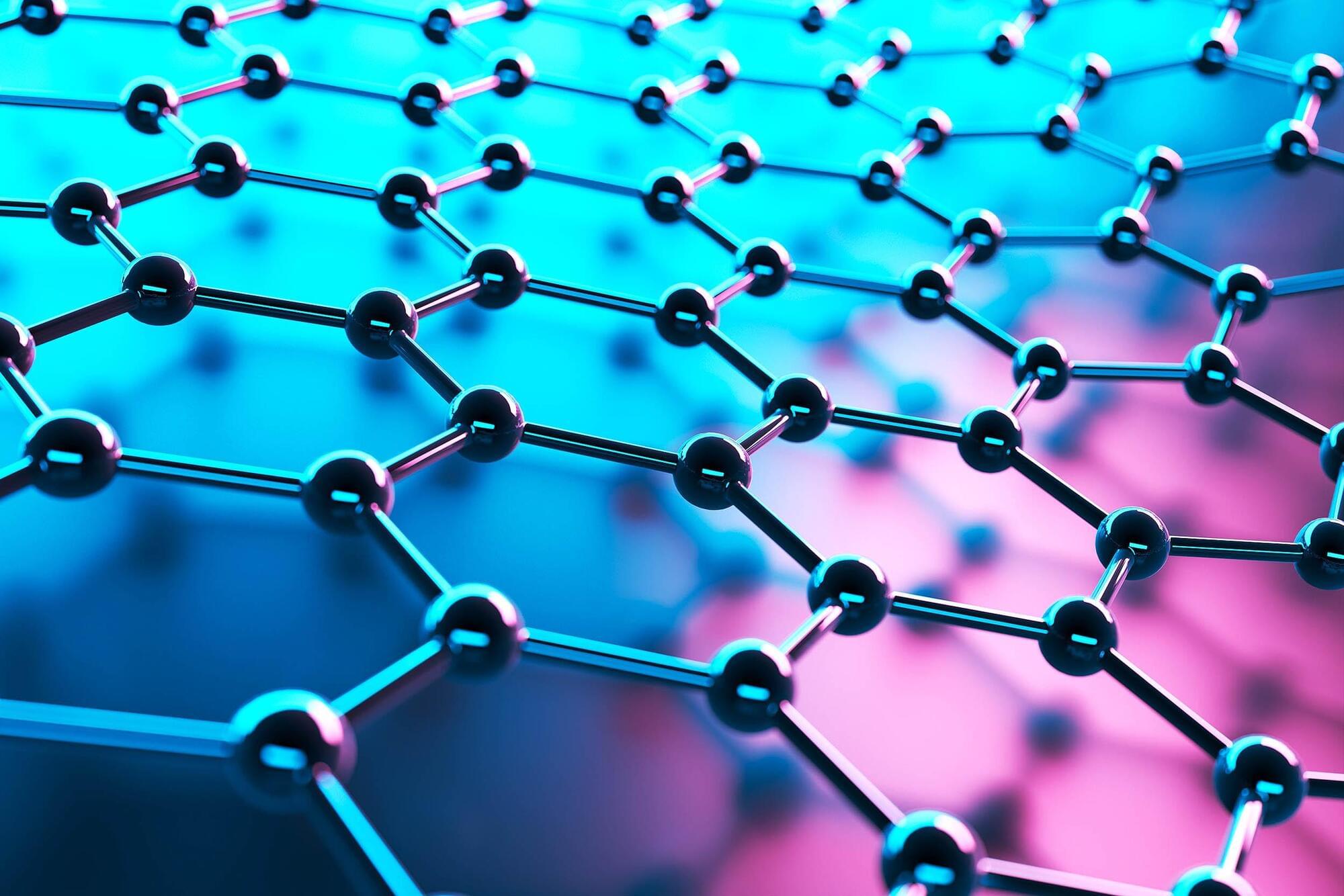Artificial light may be lengthening the growing season in urban environments by as much as 3 weeks compared to rural areas, according to an analysis of satellite data from 428 urban centers in the Northern Hemisphere over 7 years, published in Nature Cities.
Rapid urbanization is leading to hotter and brighter cities. More specifically, buildings and concrete absorb and radiate heat, causing urban heat islands, in which urban areas have higher atmospheric temperatures throughout the day and night compared to their surroundings. Likewise, the amount of artificial light at night has increased by 10% in cities within the past decade.
Light and temperature also largely regulate plant growing seasons. For example, increased lighting and temperature cause trees in cities to bud and flower earlier in the spring and change color later in the autumn than trees in rural surroundings. However, research has not thoroughly studied the magnitude of their individual or combined impacts.








